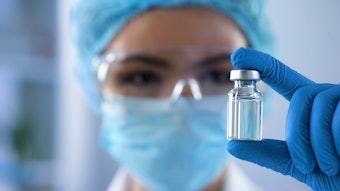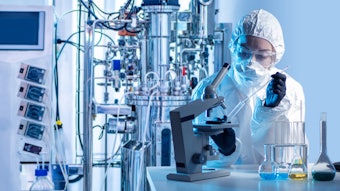
Multiple in vivo studies have shown that retinol and retinoids applied topically can stimulate the natural process of photoaging repair. They induce collagen synthesis, limit the fragmentation of elastic fibers or decrease the metalloproteinase activity. However, based on the amount and area of application, retinol and its derivatives can present irritating side effects in local applications. As a result, some cosmetic formulators look for molecules presenting biological properties identical to those of retinol but without the side effects, such as cutaneous irritation.
After screening several raw materials, we describe the biological properties of oligosaccharides obtained by enzymatic hydrolysis of Medicago sativa. Tested in vitro, the oligosaccharides support the synthesis of the major components of the skin, which are collagens type I, and limit the extracellular matrix degradation by decreasing the metalloproteinase-1 activity.
Biological properties comparable with those of the retinol could also be observed on epidermal cells. The oligosaccharides significantly increased the synthesis of the cytokeratines 4 and 19, which are specific markers of retinoid activity. Moreover, tested on young and old epidermal cells, the oligosaccharides improve cell proliferation and stimulated synthesis of Heat Shock Protein 27 (HSP 27), a marker of keratinocyte differentiation.
The molecules described are likely to limit the harmful effects of photoaging and represent an innovative alternative to retinol and its derivatives. The action of the active ingredient was determined by isolating several fractions of the product. These fractions were then tested on models of collagen I and cytokeratin 4 synthesis. We found that one fraction among those isolated behaved comparably to M. sativa extract in terms of the synthesis of collagen I and cytokeratin 4. The chromatographic analysis of this fraction showed that the active fraction is composed of oligosccharides primarily of galactomannans.
Download the complete article from the Cosmetics & Toiletries June 2004 archives.










